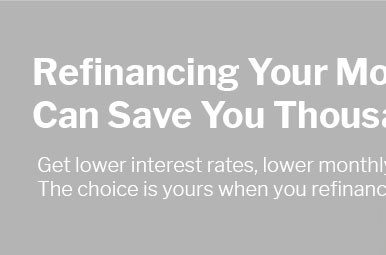five year home loans explained for careful buyers
What they are and how they work
A five-year mortgage is a fully amortizing loan scheduled to be paid off in 60 months. Payments are larger, but equity builds quickly and total interest is far lower than on 15- or 30-year terms. You can find fixed rates, and in some markets shorter terms price better; however, closing costs and any prepayment penalty still matter.
Who might choose this term
This term suits borrowers with stable, high income, sizable savings, or a near-term goal to be debt-free. It may also fit buyers downsizing, or owners refinancing late in a mortgage to retire the balance fast. Be careful not to confuse a 5/1 ARM (rate fixed for five years, longer payoff) with a true five-year payoff.
Rates, costs, and risks
Expect competitive rates, yet the payment size can strain cash flow. Compare APR, check points, and estimate a break-even versus a longer term. If liquidity matters, you can mimic a five-year result by making extra principal on a 10–30 year loan to keep flexibility.
Common concerns answered
- Affordability: aim for total housing near 28–31% of income.
- Flexibility: verify no prepayment penalty; allow extra principal.
- Safety: keep 3–6 months of reserves.
- Qualification: mind credit, DTI, and LTV requirements.
- Alternatives: accelerate payments without committing to a five-year term.
















